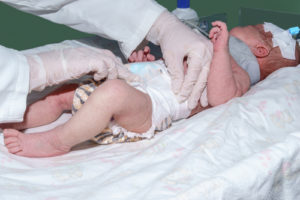
House of Representatives Votes to Drastically Limit Medical Malpractice Cases
At the end of June, the House of Representatives passed a bill to limit the amount of non-economic damages that can be paid out in medical malpractice cases to just $250,000. Non-economic damages compensate for the human aspects of an injury or death—including the loss of relationship with a loved one, the physical and emotional suffering associated with losing a limb, and other types of losses that don’t come with a hard price tag. These types of damages are often the primary or sole source of recovery for the victims of medical malpractice and their families.
The House voted in favor of the legislation by eight votes, 218-210. All Democrats and 19 Republicans voted against the bill, H.R. 1215. The bill also created a three-year statute of limitations after an injury has taken place. The same bill also stipulates that a plaintiff only has one year to file a medical malpractice lawsuit after discovering that they have been injured. The contentious bill applies to all cases that occurred in a federal facility or if the plaintiff’s health coverage was subsidized by the federal government.
In addition to Democratic opposition to the bill, many conservatives also oppose the bill because it would constitute a major federal encroachment into state law. One of the 19 GOP members to vote against the bill was Rep. Martha McSally from Arizona, who explained: “No one wins when bad actors are protected from the full consequences of their negligence and victims are not fairly compensated for their losses. We must ensure doctors are held to national standards of care.”
She then asked: “Do we really think the federal government can set a value of their quality of life at $250,000?”
Frequently Asked Questions

A person with locked-in syndrome can see, hear, think clearly, recognize faces, and understand everything that is going on around him or her. But aside from the muscles controlling the eyes, he or she cannot move a single body part, nor can he or she speak or even breathe without assistance. Locked-in syndrome is one
Read More
You should file a lawsuit as quickly as possible after a birth injury because you do have a limited time to do so. The clock begins ticking when the injury occurs. If you wait too long, you will not be able to file for medical malpractice. The statute of limitations establishes how long you can
Read More